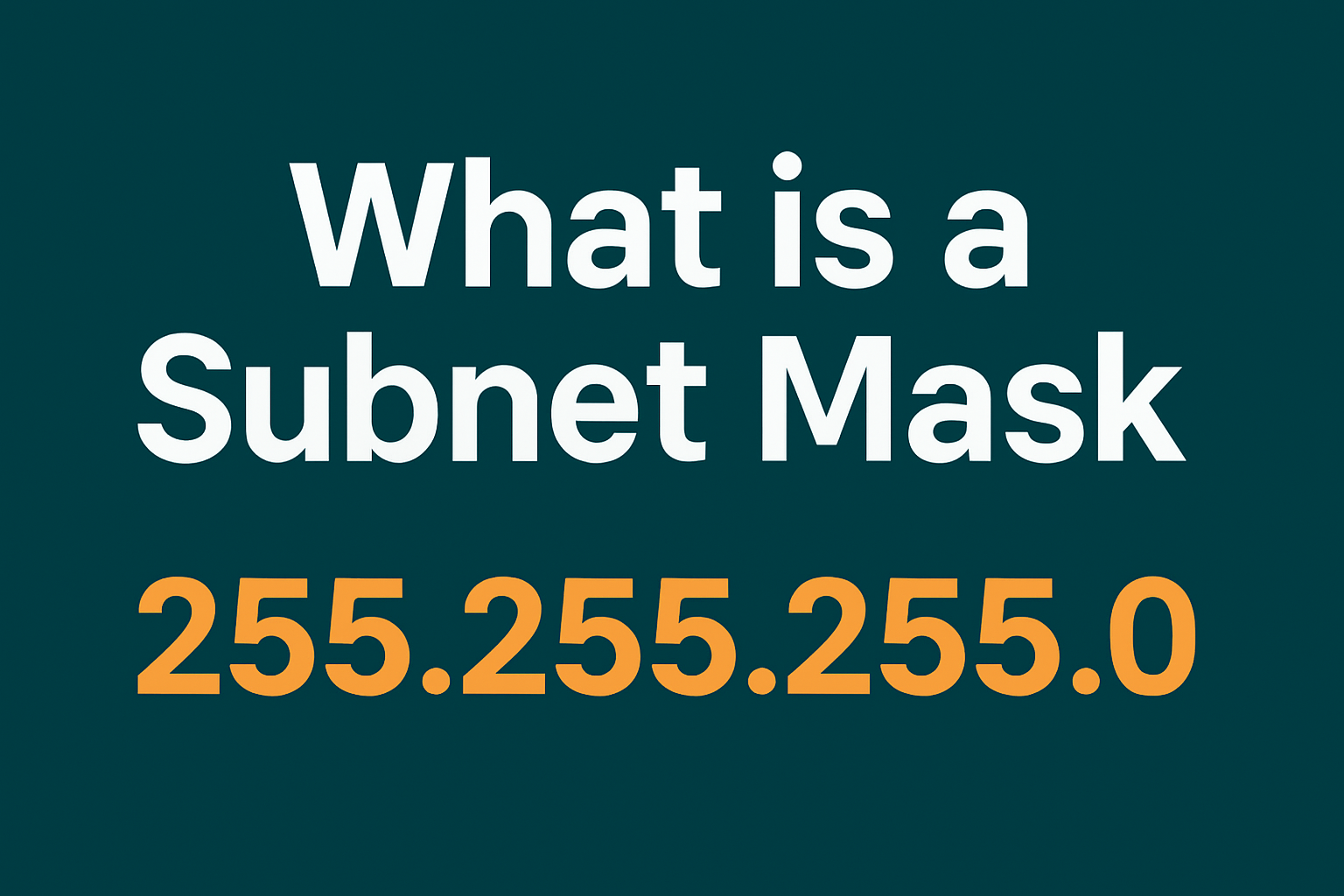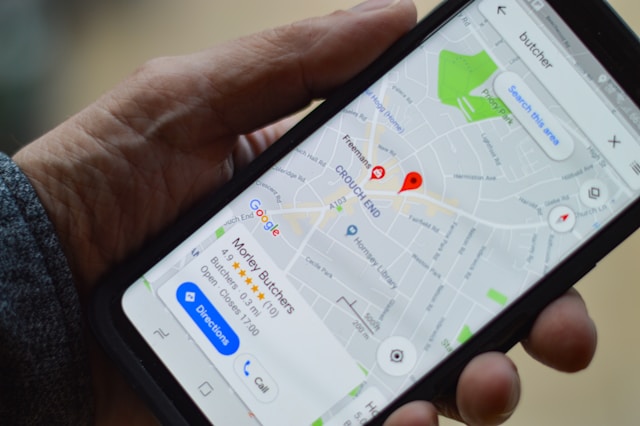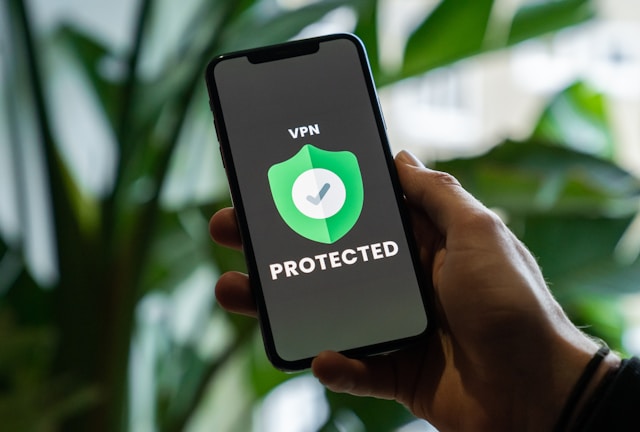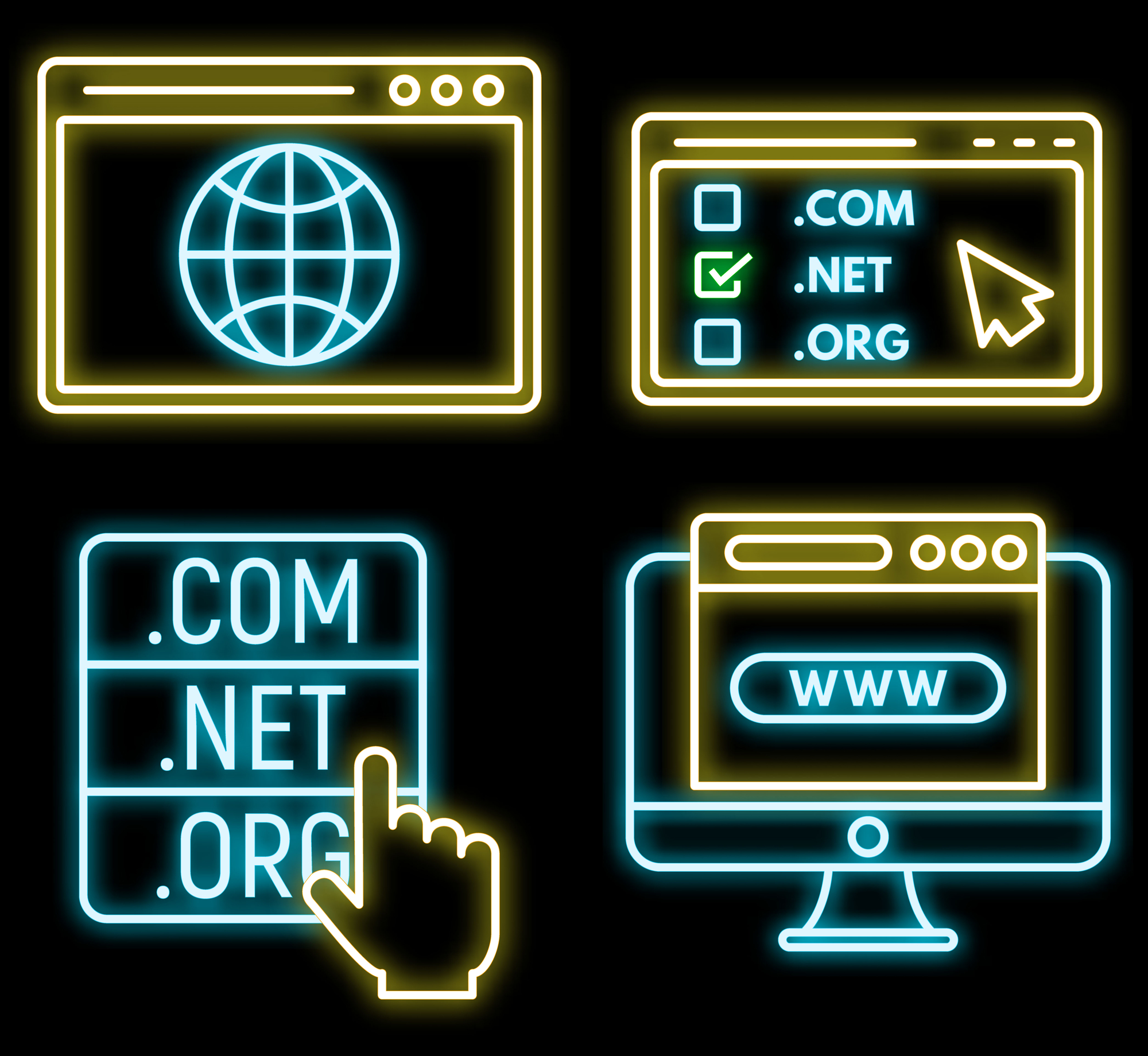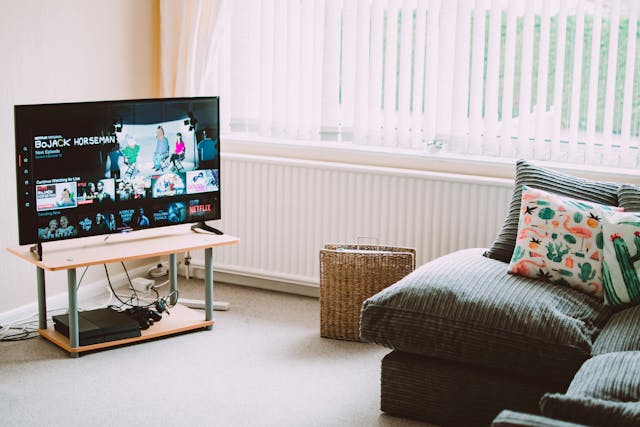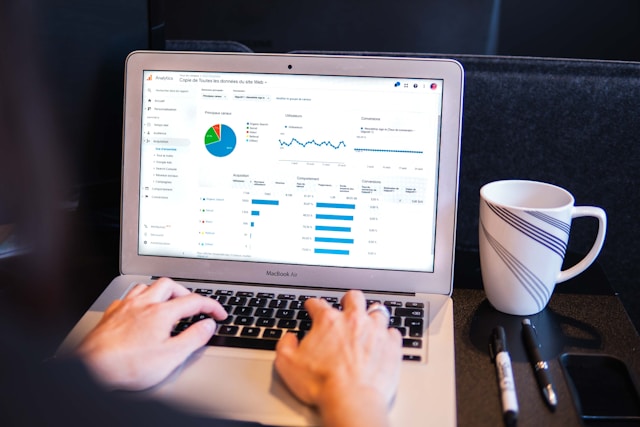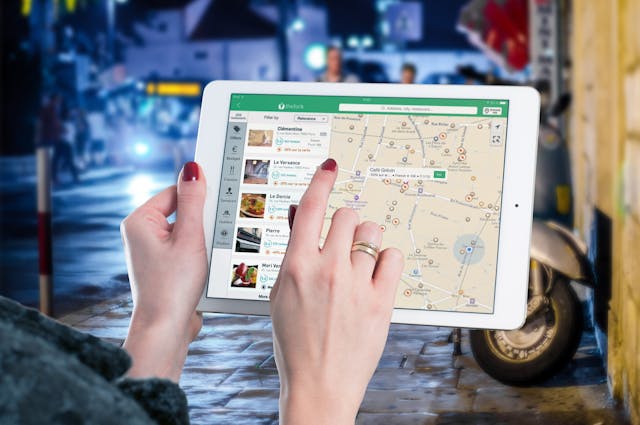Geofencing is an excellent geolocation marketing strategy that allows you to target specific physical locations. Therefore, you can create a virtual boundary and only target potential customers in that area. However, you’ll need to know the best practices for how to set up geofencing.
This ensures you don’t make mistakes or waste money by creating an inefficient marketing campaign. In this article, we’ll show you the steps you must complete on any geofencing platform.
Keep reading for advice on how to implement geofencing without getting lost!

Table of Contents
How To Set Up Geofencing Marketing in 7 Easy Steps
Do you want to know how to set up geofencing marketing quickly and without mistakes? Then, we’ll walk you through the entire process so you know what to expect. This allows you to get started after reading this article and begin your journey to location-based marketing success.
1. Choose a Geofencing Platform
Select a geofencing marketing platform or service provider that aligns with your needs. Popular options include GroundTruth and Foursquare.
Also, there are various marketing automation tools that incorporate geofencing capabilities.
When making your choice, consider factors such as pricing, features, ease of use, and customer support. Additionally, research each platform’s capabilities, such as analytics and targeting options.
A well-chosen platform will streamline the setup process and provide valuable insights. Additionally, geofencing marketing campaigns will help you effectively reach your target audience.
2. Set Up Geofences
Identify and map out specific locations where you want to engage customers. This could include your store, competitor locations, or relevant events.
Once you’ve identified these areas, determine the appropriate radius for your geofences. In most cases, this should be anywhere from 100 meters to a few kilometers.
Furthermore, be strategic in selecting locations that will attract your target audience. That’s because effective geofence placement is crucial for maximizing the impact of your marketing efforts.

3. Create Targeted Content
Develop engaging and relevant content tailored to your audience within the geofenced areas. You’ll need to focus on creating special offers, discounts, or event announcements that resonate with customers when they receive notifications.
Additionally, use language that appeals to your target demographic and ensure your messaging is compelling. Each message should include a clear call to action encouraging recipients to visit your store or check out your website.
Well-crafted content enhances customer engagement and drives foot traffic to your location. In the end you’ll have better results with your geofencing advertising campaign and boost profitability.
4. Set Up Triggers and Notifications
Establish triggers that dictate when you will send notifications to users. This could include sending alerts when customers enter the geofenced area or when they are near a specific location.
Also, consider the optimal timing for your messages, such as during lunch hours or special events. This ensures that customers are more likely to respond to location-based push notifications.
Furthermore, effective triggers can significantly impact engagement rates and conversions. This justifies the cost of your marketing efforts and allows you to reinvest in more advertising.
However, as you’ll see in the next section, you’ll need to crunch the numbers to figure out what’s working.
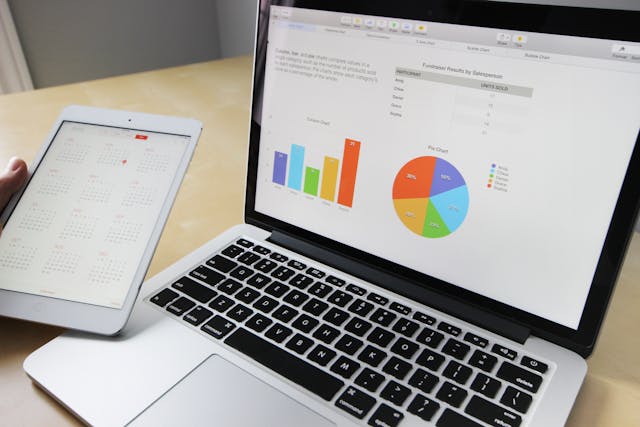
5. Analyze and Optimize
Utilize analytics tools to track the performance of your geofencing marketing. Start by monitoring key metrics such as engagement rates, conversions, and foot traffic.
Then, analyze the data to identify patterns and insights. This allows you to determine which messages and locations yield the best results.
You can adjust your approach based on the data you encounter. As you continue to monitor the data, you’ll spot noteworthy patterns that should sway your decision-making process.
Ultimately, continuous optimization is essential for refining your approach and maximizing effectiveness. It will lead to impressive geofencing solutions that deliver the desired outcomes over time.
6. Compliance and Privacy
Make sure that your geofencing marketing practices comply with local laws regarding privacy and data collection. To achieve this, you’ll need to familiarize yourself with the legal requirements in your area to avoid potential issues.
Most reputable geofencing providers will have warnings or features to help you with compliance and privacy adherence. Take advantage of those features to ensure you don’t set your business back with legal problems.
7. Test and Scale
Begin your geofencing marketing efforts with a pilot program to test your approach and gather insights. This allows you to evaluate the effectiveness of your campaigns on a smaller scale before committing to sums of cash.
Consequently, analyze the pilot’s results by identifying what works and what needs improvement. Once you have established a successful strategy, you can consider expanding your geofencing efforts to include additional locations.
This process is important because scaling your initiatives enables you to reach a larger audience. It’s one of the strategies you should use when scaling your company to new heights.
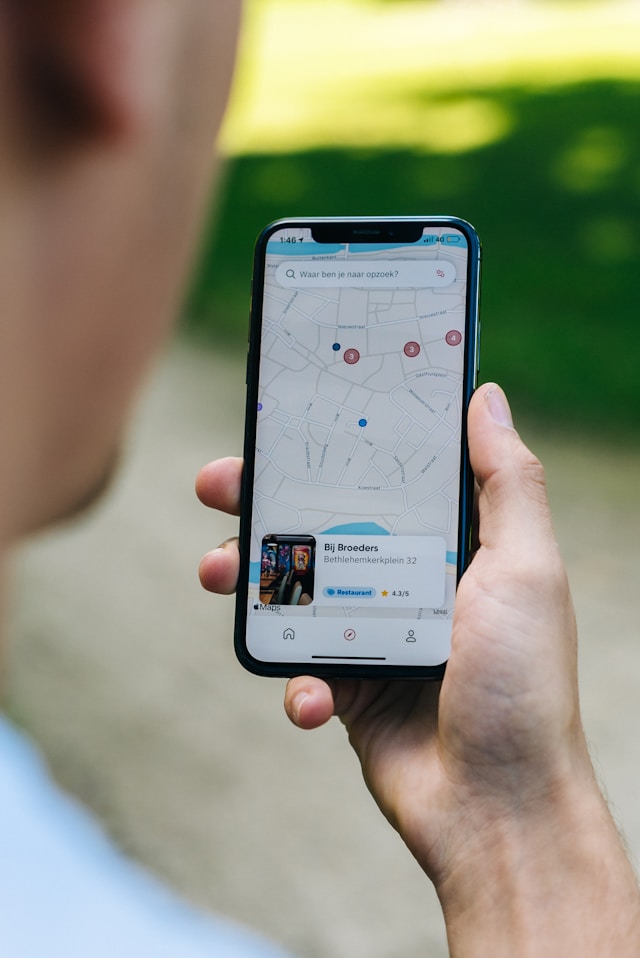
How To Set Up a Geofence With Your iPhone: Best Practices
Are you interested in figuring out how to set up a geofence with your iPhone? You’ll need to follow the steps laid out above as a guide. However, in this section, we’ll share some of the top best practices you should follow. Here are the best practices of mobile geofencing:
- Choose a mobile geofencing app: Select a geofencing mobile device app that suits your marketing needs. Popular options include IFTTT, Geofencing, and Life360. These apps allow you to create geofences easily and customize notifications. Also, look for features like user-friendly interfaces, customization options, and compatibility with your iPhone. You’ll need to go to the App Store to download the app and begin geofencing marketing.
- Understand your audience: Conduct thorough research to understand your target audience’s preferences, behaviors, and location patterns. You can utilize customer demographics and data analytics to segment your audience. This implementation will help create personalized messages and offers that resonate with potential customers.
- Optimize geofence location: Carefully select the locations for your geofences to maximize their impact. This includes target areas where your ideal customers frequently visit. It might be competitor locations, events, or popular hotspots. A well-placed geofence increases the chances of capturing the attention of potential customers.
- Timing is key: Consider the timing of your notifications and promotions. Sending messages during peak times can drive conversion rates through the roof. Additionally, align your promotions with local events or seasonal trends. This shows your target audience that you understand their local area.
- A/B split testing: Experiment with different geofencing strategies through A/B testing. Try testing various messages, offers, or geofence sizes to determine what resonates best with your audience. Then, you can analyze the results to identify the most effective approaches.

Frequently Asked Questions
What are some common challenges with geofencing?
Common challenges with geofencing include location inaccuracies, privacy concerns, and message fatigue. Location inaccuracies can generally lead to ineffective targeting, and this is a technology limitation. Privacy issues may also deter users from sharing their location data.
Additionally, if notifications are too frequent, users may become desensitized to them. To overcome these challenges, focus on providing valuable content and respecting user privacy. When forming a strategy, think about how you would like others to market to you.
How do I track the success of my geofencing campaigns?
To track the success of your geofencing campaigns, use analytics tools offered by your geofencing platform. You’ll need to monitor key metrics such as engagement rates, click-through rates, and foot traffic.
Remember to analyze data to identify trends and areas for improvement. Review performance data regularly to optimize future geofencing strategies for better results.
Is geofencing legal?
Yes, geofencing is legal, but it must comply with local laws and regulations regarding privacy and data collection. Always obtain user consent before tracking their location and clearly communicate how you will use their data.
Respecting user privacy and providing opt-out options are essential to maintaining compliance and building trust with your audience. Therefore, familiarize yourself with applicable regulations in your area to ensure your geofencing practices are lawful.
Can I use geofencing for both online and offline marketing?
Yes, you can utilize geofencing effectively for both online and offline marketing strategies. For offline marketing, geofencing can drive foot traffic to physical locations by sending location-based promotions.
In comparison, businesses can engage users through mobile ads, emails, or social media notifications triggered by their geofence entry in online marketing. This versatility allows companies to create cohesive marketing campaigns.
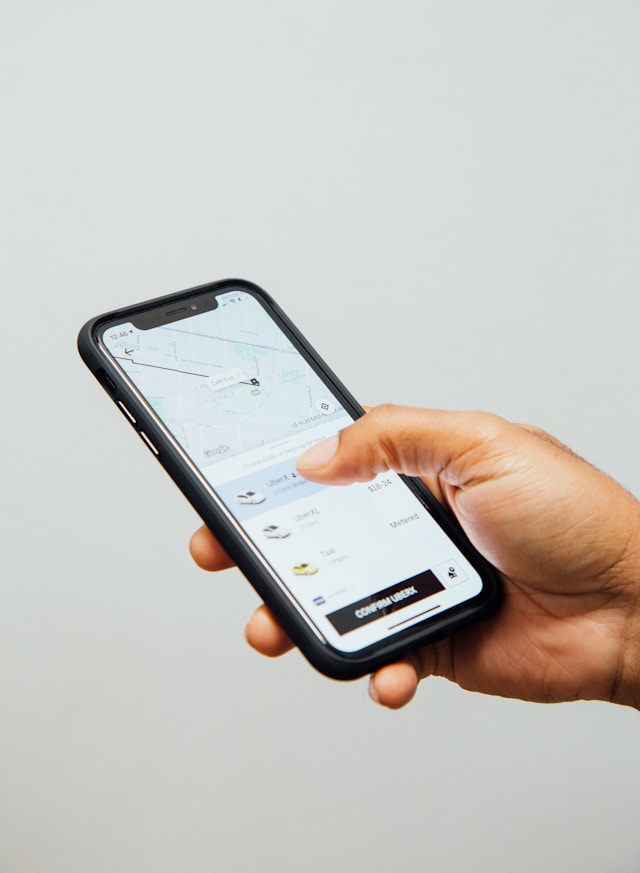
Set Up Geofencing With geoPlugin Today
This article provides steps and best practices for setting up geofencing, which will help you get started. Remember to choose the right geofence platform, craft compelling messages, and optimize using your data.
Follow these guidelines for how to set up geofencing, and you can get started today. Remember always to optimize your campaign approach through testing. This ensures that you always try to beat the competition and push the boundaries of what’s possible.
Do you need help gathering data for geofencing campaigns? Then, choose geoPlugin, a tool that transforms IP addresses into geolocation data. You can use this data to achieve results in location-based marketing.
So what are you waiting for? Try out geoPlugin to boost marketing performance!


